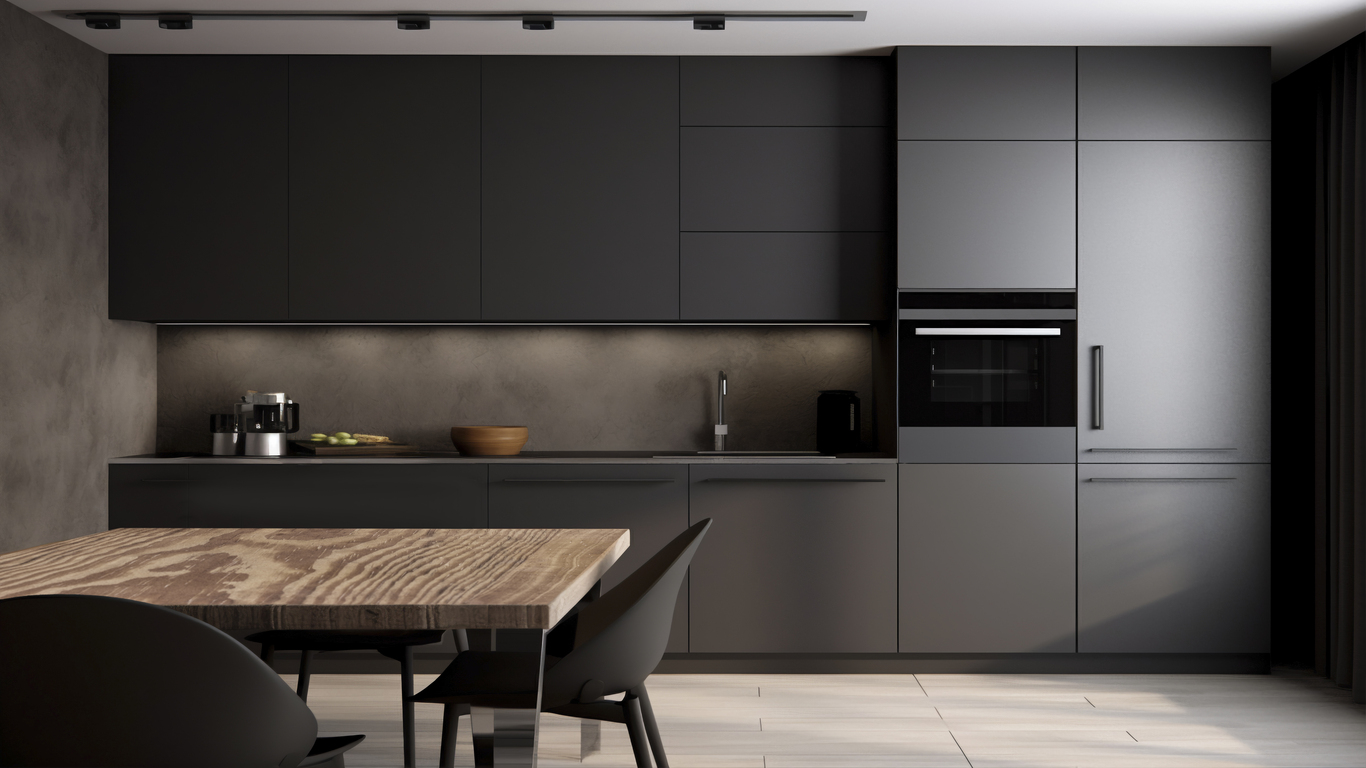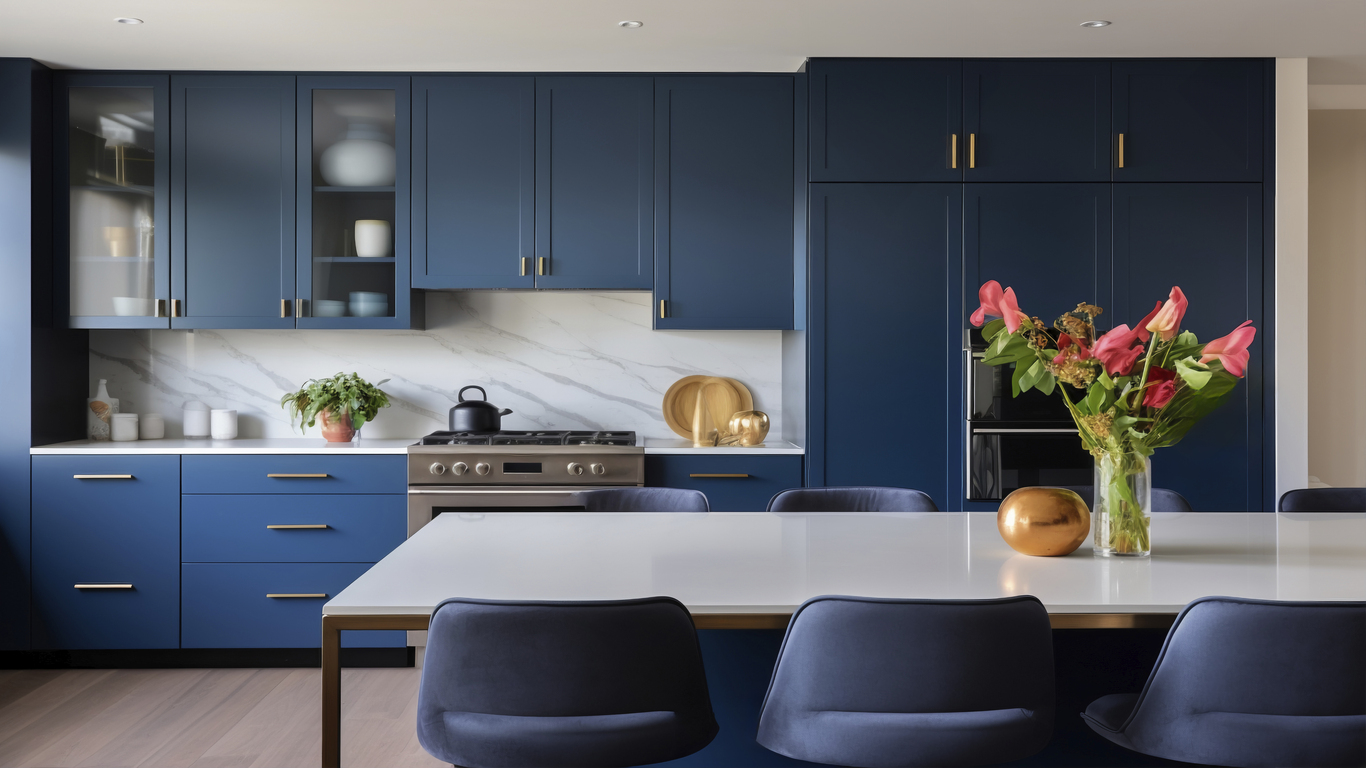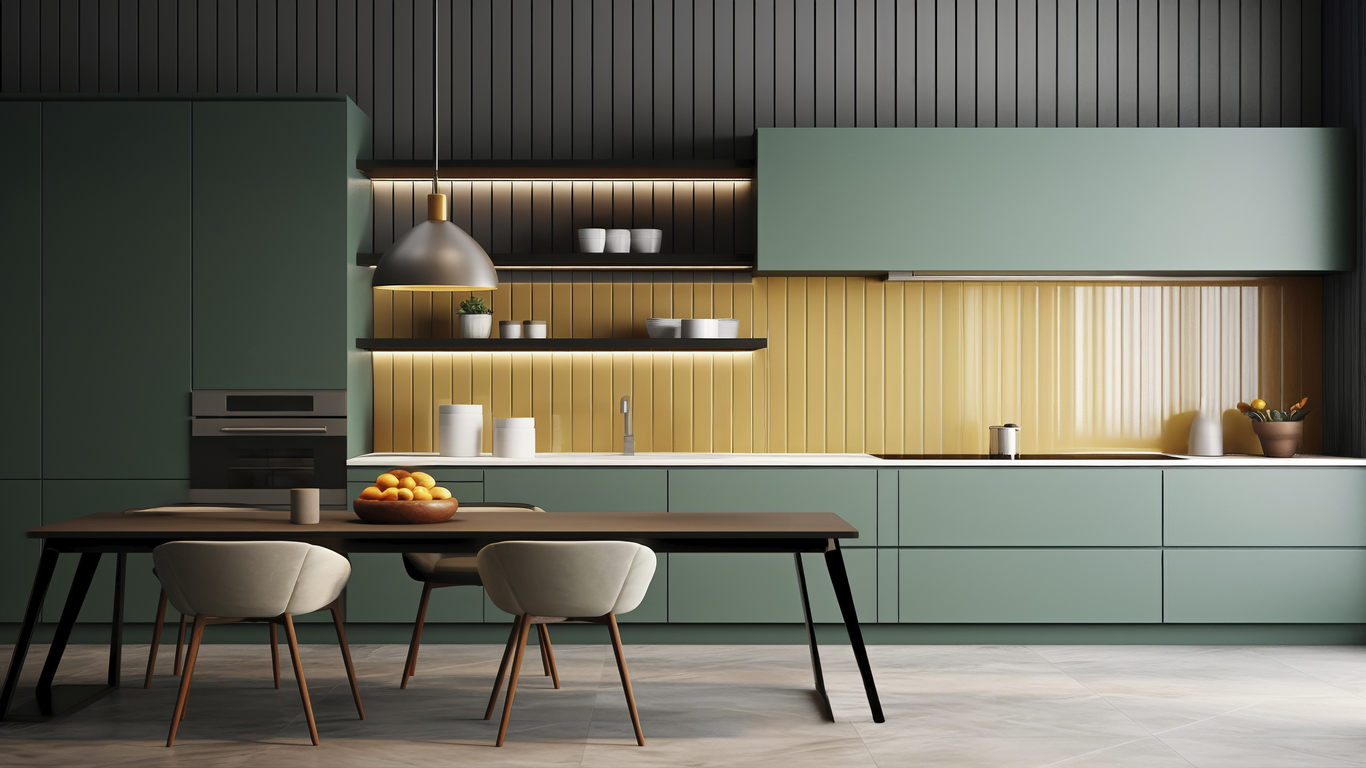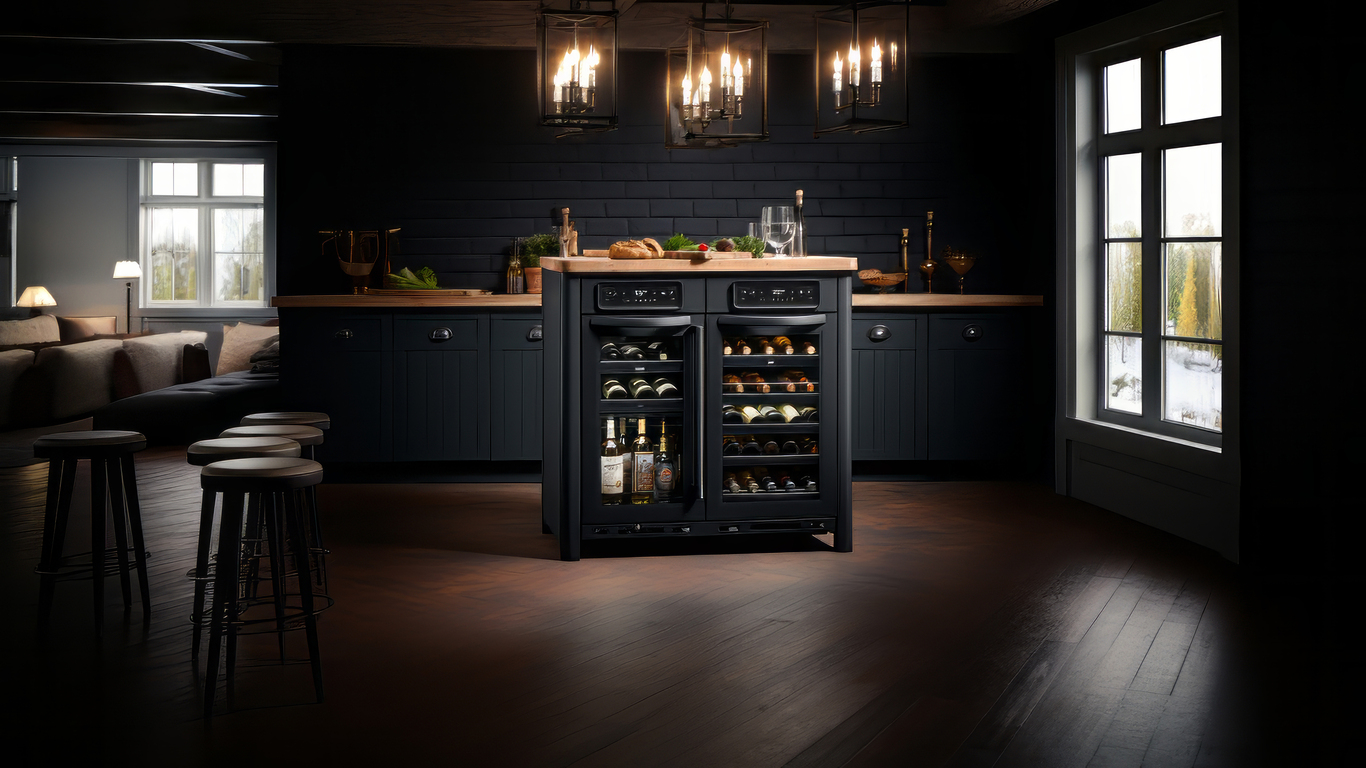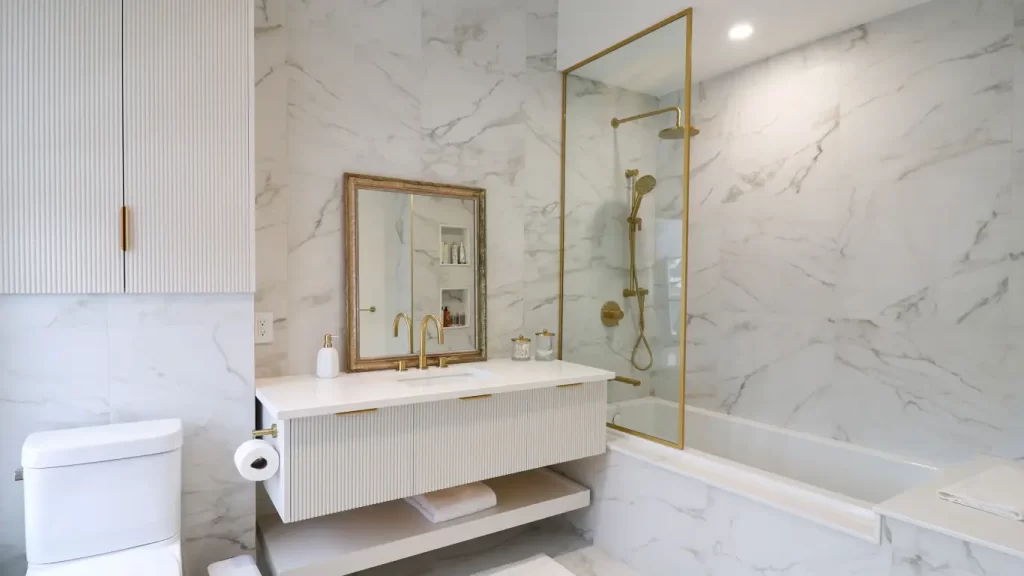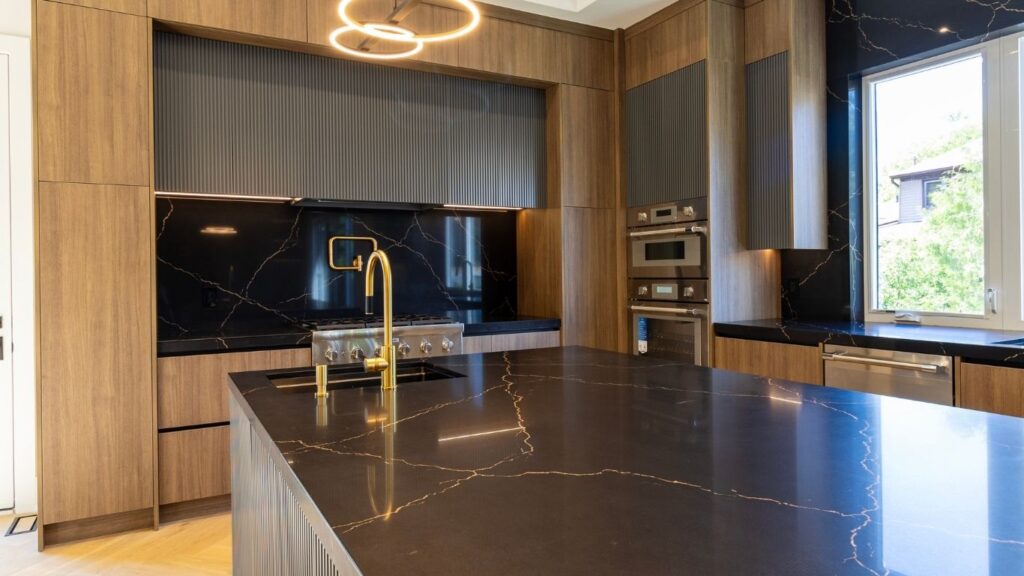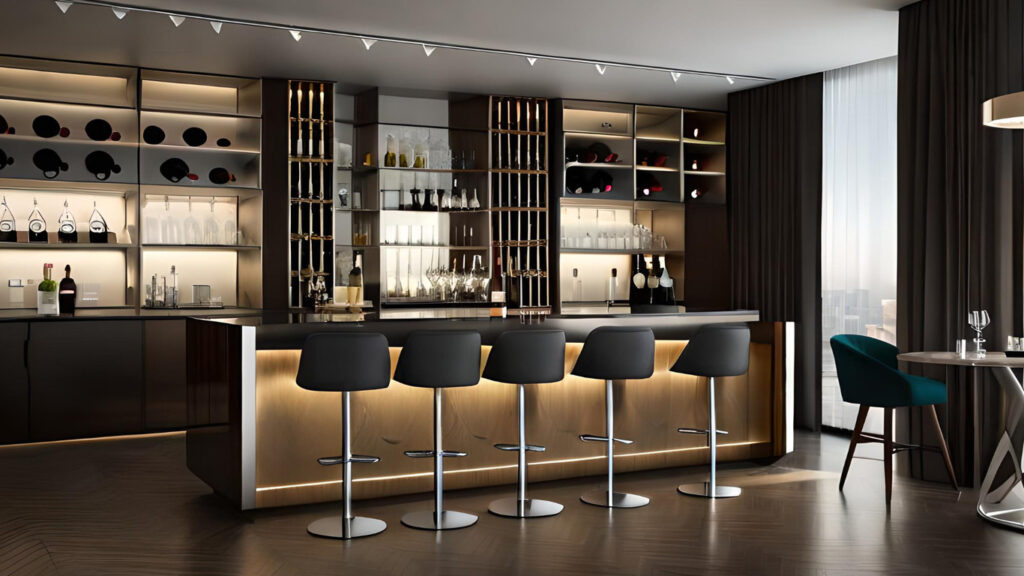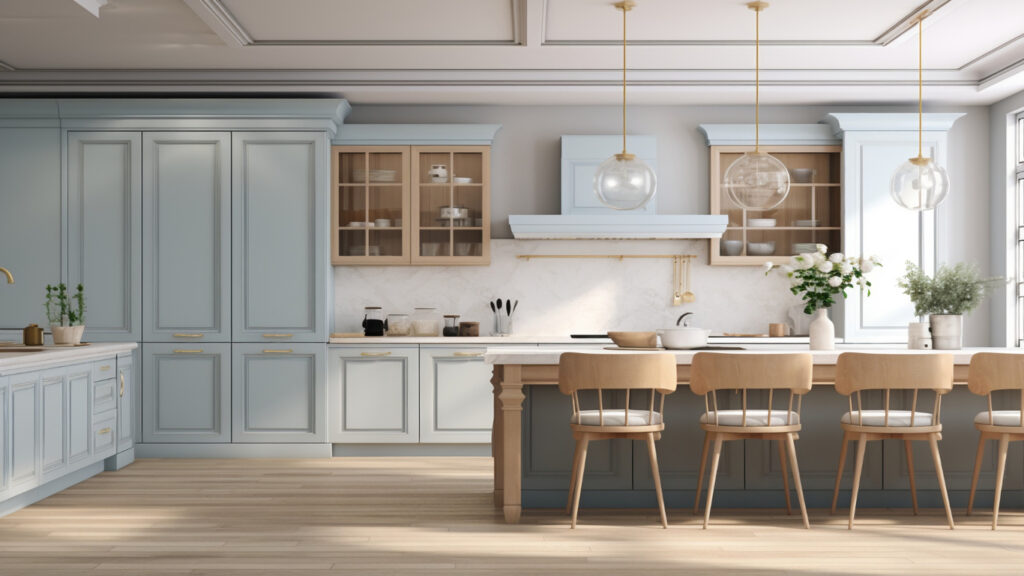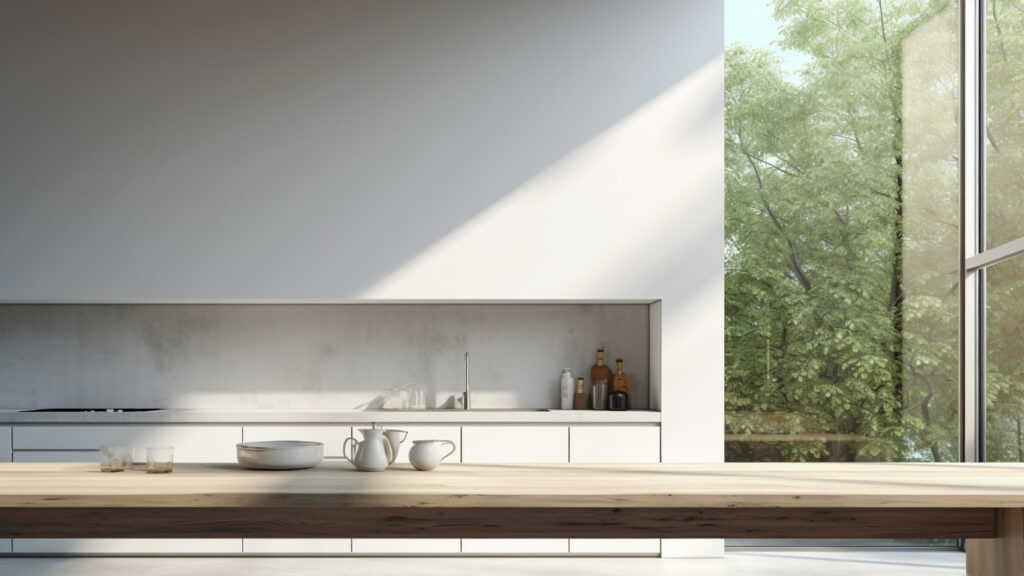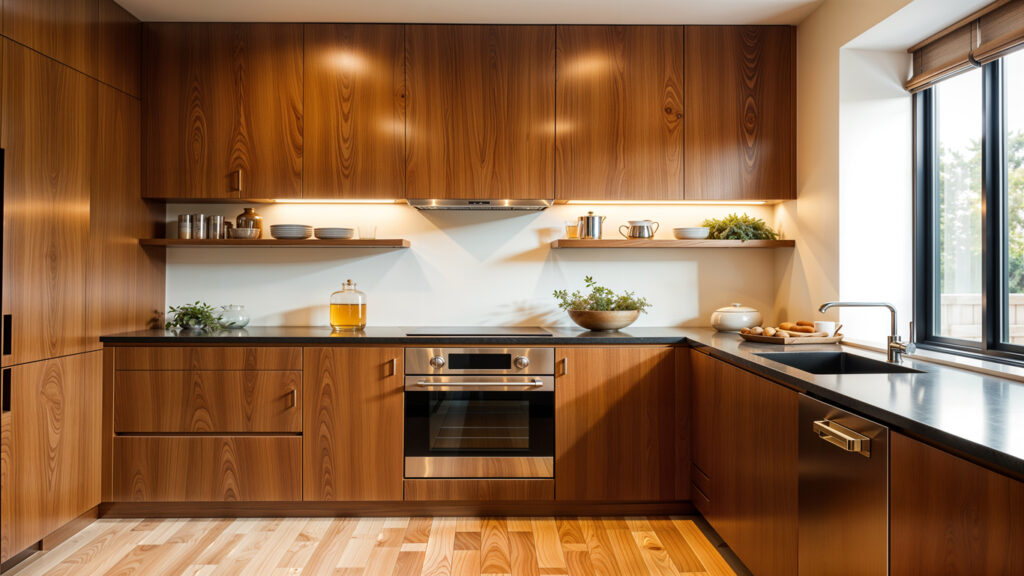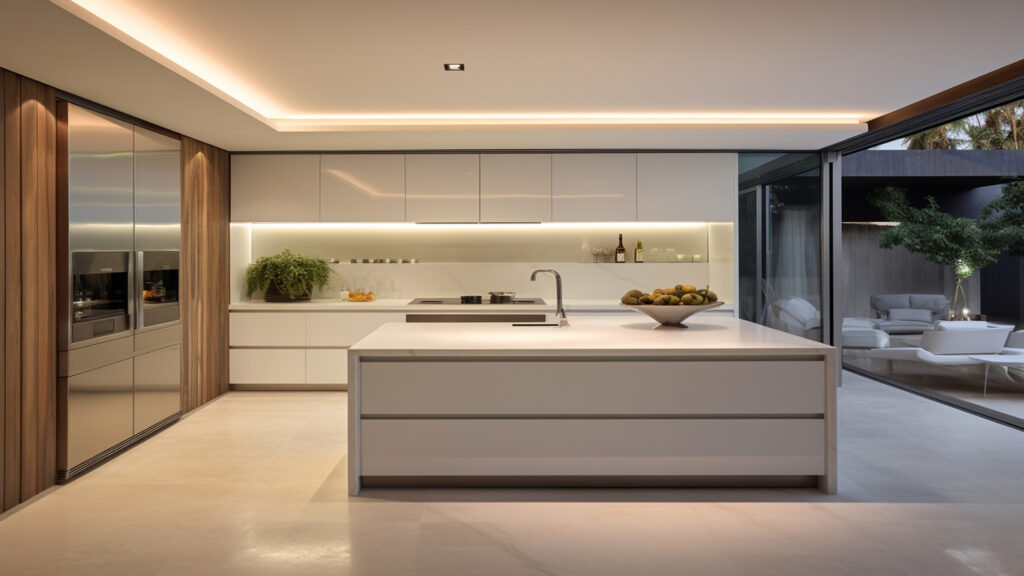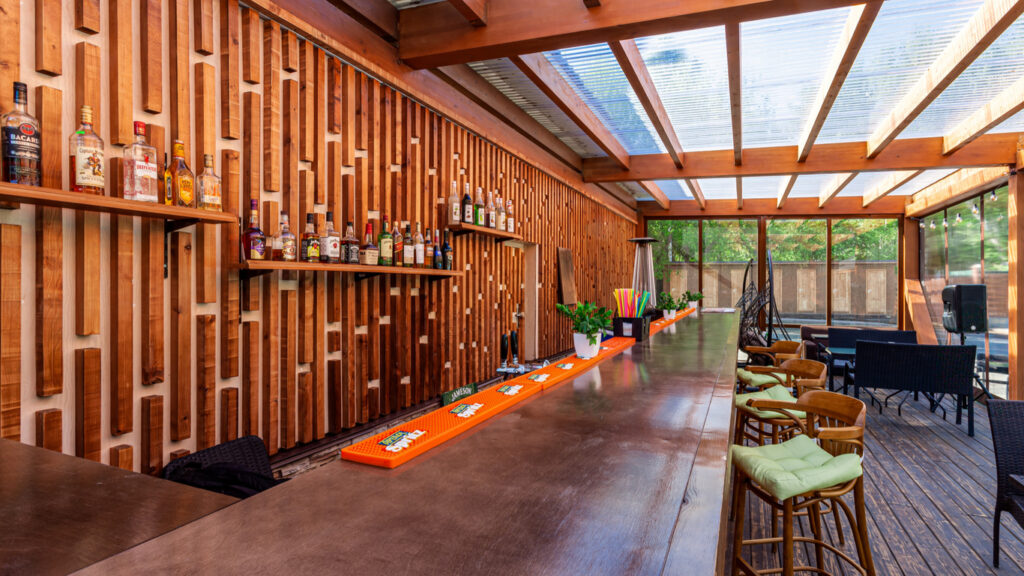Blog
The Ultimate Guide to Cupboard Refinishing Process
Renovating your kitchen doesn’t need to be an enormous undertaking. One cost-saving yet effective approach to resurfacing your space with a refreshed new appearance is kitchen cupboard refacing. With cupboard refinishing, your kitchen can gain a new, modernized semblance without as great an impact on your finances. The following is a step-by-step instruction manual designed by Woodyart to guide the cupboard refinishing process, with suggestions from premier sources so your endeavor can proceed as anticipated.
Why Choose Cupboard Refinishing?
Refinishing cupboard doors has many advantages:
- Cost-Effective Method: It’s far less expensive than having cabinets completely replaced.
- Eco-Friendly: Minimize waste and new resource consumption by working with pre-existing materials.
- Personalization: Choose among multiple finishes and colors to match your taste.
- Increased Home Value: A new kitchen can increase your home’s worth when resold.
Before diving into refinishing, take a close look at your cabinets:
Structural Integrity: Ensure cabinets are not damaged or deformed to a severe extent.
Material: The solid wood cabinets are suited well to be refinished.
Having knowledge of the present finish helps in the selection of an appropriate refinishing process.
Preparation Steps for Cupboard Refinishing
The proper preparation is what makes a quality refinishing job possible:
Remove cabinet doors and hardware: Label each piece to facilitate easier reassembly.
Clean Thoroughly: Degrease using a degreaser to strip built-up grease and grime.
Guard surrounding areas: Wrap floors, countertops, and appliances with plastic sheeting or drop cloths
Cleaning and Degreasing for Kitchen Cabinet Refinishing
Over time, kitchen cabinets will accumulate grease and grime, making it a more difficult project to refinish them. Start the cabinet door refinishing with a warm water and mild dish soap wash over all of the surfaces.
For difficult grease, apply a trisodium phosphate (TSP) solution. Be certain to protect your hands and to provide proper ventilation when working with chemicals.
Stripping old finishes with sanding prepares the old surface to receive a new coat of:
- Use a medium-grit sandpaper (approximately 120-grit) and finish with a higher grade (220-grit) to obtain a smooth finish.
- Sand with the Grain Direction: This prevents scratches and gives a smooth finish.
- Clean after sanding: Remove all dust residue with a tack cloth prior to proceeding.
Selecting a New Finish for Cabinet Restoration
Your finish choice will decide how your cabinets will look when finally complete:
- Staining: It enriches the natural wood grain and gives a classic appearance.
- Paint: Provides a wide range of colour options for a more personalized look.
- Glazing: Adding depth and character by emphasizing architectural detail.
Used when implementing your desired finish:
- Quality brushes or sprayers are used to achieve a smooth finish.
- Thin Coats: Multiple thin coats prevent drips and provide even coverage.
- Let it dry thoroughly: Always follow the manufacturer’s guidelines between coats
Reassembly and Hardware Installation for Cupboard Refinishing
Following refinishing kitchen cupboards:
- Reattach Drawers and Doors: Use each label to place each item in its correct position.
- Update hardware: Swap out handles and knobs with newer designs.
Maintenance Tips
To achieve the maximum lifespan of your resurfaced cabinets:
- Regular Cleaning: Wash with mild soap and a damp cloth.
- Steer Clear of Strong Chemicals: They will damage the finish eventually.
- Clean Spills Immediately: Clean up immediate spills to avert water damage.
When to Seek Professional Help
Even as countless others successfully refine their cabinets as a homeowner’s project, certain situations are well-suited to professional application:
- Severe damage: Warping, scratches, or structural damage may require professional repair.
- Finishing methods like distressing or glazing are difficult if inexperienced with them.
- Time-saving: The experts complete the task faster, cutting down kitchen downtime.
Conclusion
Cupboard refinishing is a rewarding endeavor that will transform your kitchen significantly. With the assistance of the above steps, you are able to achieve a professional finish to enhance the grace and elegance of your home. Whether or not you are doing it on your own or paying cabinet refinishers to do it on your behalf, the outcome will be a renewed and cozy kitchen space.
FAQs Regarding Cupboard Refinishing
1. How long does refinishing a cupboard take?
The duration to complete the cupboard depends on the size of your kitchen and also on the finishing treatment process. The process will usually take between 3 to 7 days depending on cleansing, sanding, staining or painting, and drying processes.
2. Which paint should I use to refurbish kitchen cabinets?
Use high-grade acrylic, latex, or oil-based paint to achieve a long-lasting finish. Satin and semi-gloss finishes are recommended as these are stain- and water-resistant as well as easily cleaned.
3. Do I need to sand my cabinets prior to refinishing them?
Yes, there needs to be sanding to strip old finish and to give a better hold for stain or paint. But if a deglosser or a filler primer are applied, sanding can be minimized.
4. Can I refinish laminate cabinets?
Yes, you can refinish laminate cabinets, but it is a different process from refinishing wood cabinets. You will need to apply a bonding primer that is made for laminate surfaces so that the paint will adhere.
5. How can I maintain my refinished cabinets?
To ensure your refinished cabinets are longer lasting, regularly clean them with mild detergent, refrain from using harsh chemicals, and clean spilled items as soon as possible. Soft cloths and avoiding abrasive scrubbers also protect the finish.

